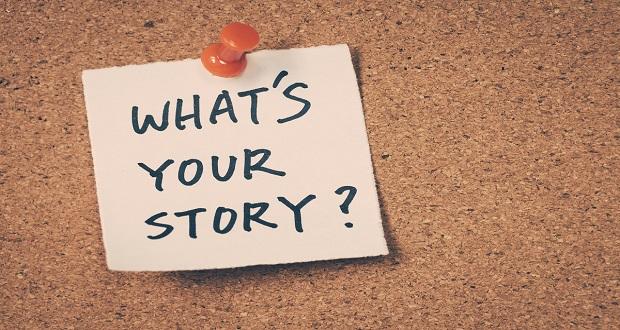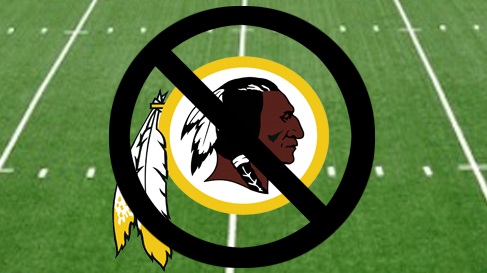
This week, The Winters Group team hosted part one of our three-part series on Affirming and Unpacking the #MeToo Movement. This session specifically examined the #MeToo movement at the intersection of race and class.
We explored what it means to be at the ‘margins’ of a movement and acknowledged the realities of those society has deemed ‘the least of these.’ We revisited the experiences of women, particularly women of color, who throughout history, have challenged their erasure and dared to ask questions like, “Ain’t I A Woman?”
We amplified the realities of black and brown women, trans women, women with disabilities, women who work as domestic workers, and those who are often forgotten in our efforts to create just, equitable, and inclusive spaces. We unpacked intersectionality and created space to explore how we can dismantle oppressive systems by taking an approach that centers those most marginalized, with the end goal of empowering us all.
Perhaps what was most powerful for me, was having the opportunity to experience a convergence of ideologies (perhaps methodology). The session was facilitated by Mary-Frances Winters, President and Founder of The Winters Group, Inc. and Krystal Leaphart, a self-described Intersectional Racial Justice Activist and Organizer. This space was unique in that it merged two unique methodologies in this work—one grounded in corporate diversity and inclusion, another rooted in social justice and grassroots advocacy. While certainly the “means” of these two spaces are unique, there is common ground in their “end”—to create spaces where people experience equity, empowerment, and are affirmed that they matter. That their experiences and voices deserve to be heard.
As we navigate a much broader social-political environment that seems to be at-odds with inclusion and justice, there’s a sense of urgency in creating spaces that affirm our narratives, and further bridge that affirmation with action. When we hear women say #MeToo (or #UsToo), what can we do to amplify their experiences, and bring those who have been at the margins to the center? Moreover, in what ways can we leverage our power and influence for action?
At the close of the session, we encouraged participants to ponder on these very questions, “What can I do about it? Where is my Power?” We asked white people to consider how they can leverage their privilege, educated people with positional power to consider how they can use their influence, and men to consider ways they can do the same. The dialogue was rich, and the strategies shared created an aura of hope. In and of itself, it affirmed that we all have a role in this (and other) movements.
So, as we continue to explore this topic through various lenses, we will continue to emphasize the necessity of narratives — narratives of pain, of privilege, of power, of resistance, and of hope. These narratives drive our actions and our ability to build a critical mass of conscious resistors to those who perpetuate violence and fear. I encourage you to reflect on your own narratives, the ones you’ve been told, the ones you’ve created, and the ones you might want to rewrite. As long as we have our stories we have power, and as long as we know our power, we have a reason to have hope… and act.


















